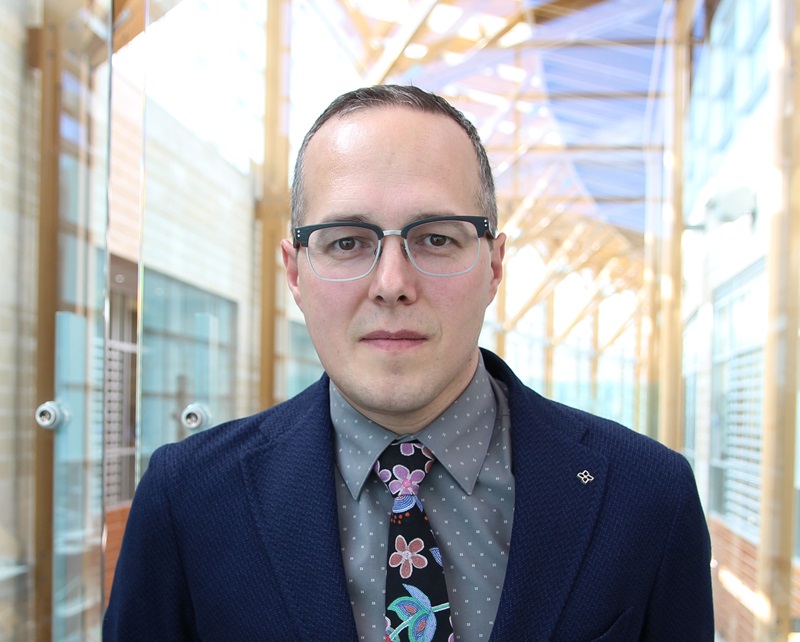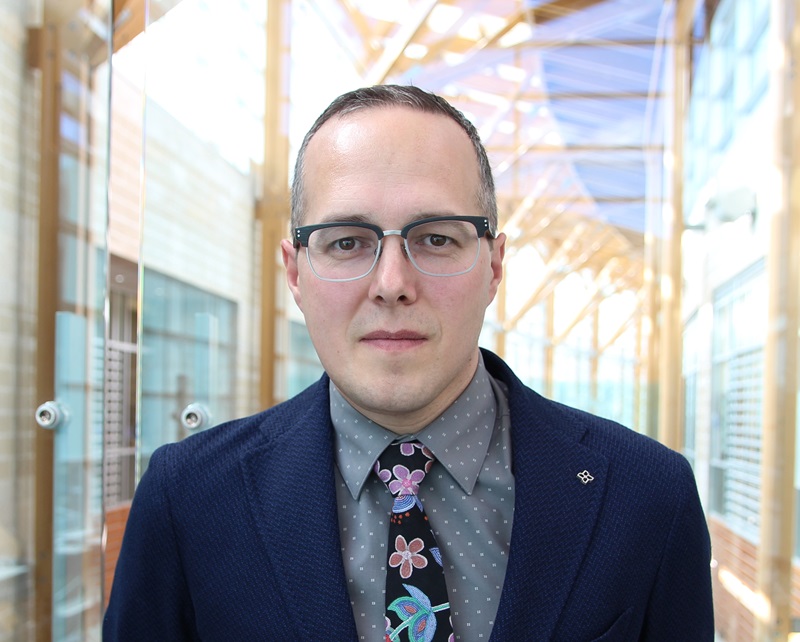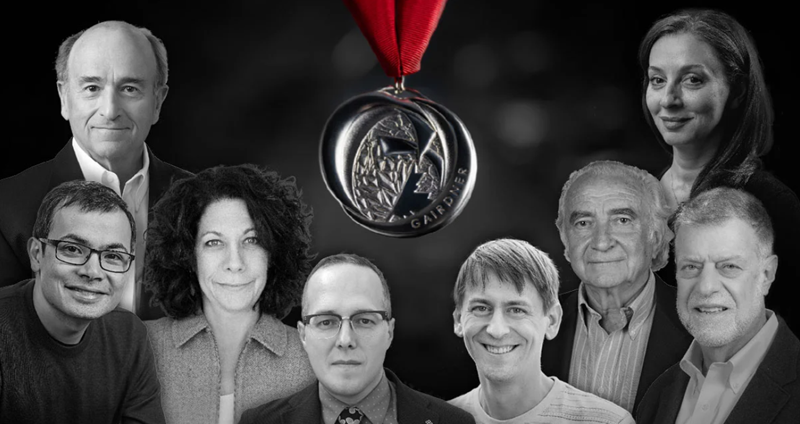Michael R. Silverman

Mike was born October 7, 1943 in Fort Collins Colorado. He was the son of a rural veterinarian who practiced in western Nebraska, USA. In high school, Mike studied vocational agriculture and later worked on an experimental farm where he developed an interest in plant diseases and bacteriology. He received BS (1966) and MS (1968) degrees in Bacteriology from the University of Nebraska. In 1972, Mike completed a PhD from the University of California, San Diego studying the molecular genetics of motility and chemotaxis in Escherichia coli.
This work required the application of classical and modern genetic methods such as DNA cloning and sequencing, gene product programming and transposon mutagenesis. He continued research as an independent scientist at the Agouron Institute and as an Adjunct Professor of marine biology at Scripps Institute of Oceanography in La Jolla California. There, he investigated motility and bioluminescence in marine bacteria. In particular, work with JoAnne Engebrecht and Bonnie Bassler resulted in the discovery of fundamental genetic mechanisms that control bioluminescence. These mechanisms were later found to control many different functions in many species of bacteria. Mike retired to the mountains of Wyoming in 2000.
The WORK:
Bacteria are found everywhere from soil to water to the human body. Despite their simple single-cell forms, bacteria are sophisticated organisms that are remarkably adaptable to changing conditions. Bacteria play crucial roles in medicine, both as members of the microbiome, increasingly understood to contribute to human health, and as major causes of disease. The discovery of how bacteria communicate with one another, coined “quorum sensing” by Dr. Greenberg and his colleagues, is foundational. Drs. Bassler, Greenberg and Silverman are awarded for a combined body of work that spawned an unexpected field in microbiology and are also recognized for their individual discoveries that underpin its implications for all of biology, human health and disease.
Quorum-sensing studies began with an obscure bioluminescent marine bacterium called Vibrio fischeri. In the 1970s, Dr. J. Woodland Hastings and colleagues described a signaling chemical of then unknown structure that stimulated collective glowing after the Vibrio fischeri bacteria had reached a particular population density. This finding was one of the first clues that bacteria could communicate using chemical “words”, but it lay dormant for a decade until Silverman, exploiting the power of genetics, identified the genes involved in this signaling pathway and characterized their functions. Silverman’s elegant analyses of the role each component played provided the world’s first quorum-sensing circuit and the foundation for thousands of similar circuits identified later.
Widely thought to be a function specific to Vibrio fischeri, this phenomenon did not initially gain much traction. Indeed, the idea that bacteria could communicate was deemed highly improbable. But Greenberg was intrigued and trained with Hastings before he later independently further characterized the genes Silverman had identified, and discovered a similar quorum sensing signal that controlled virulence in the pathogenic bacterium Pseudomonas aeruginosa. The term “quorum sensing” was born as he demonstrated that this phenomenon was indeed bacterial communication, and not isolated to Vibrio fischeri. He not only showed that other bacteria exhibited quorum sensing, but he also discovered nearly all major steps in its mechanism.
It was Bassler who then brought Hastings’ and Silverman’s findings to an unprecedented level by showing that quorum sensing is not an exception but the rule in the bacterial world. What’s more, the principal reason bacteria are so successful is that they rarely act alone. Quorum sensing turns out to be essential to many aspects of bacterial virulence and antimicrobial resistance. Initially with Silverman then later independently, Bassler discovered entirely new types of quorum-sensing signal molecules, mechanisms of detection and response to those molecules, and the profound influence quorum sensing exerts over the behaviour of many bacterial species. Moving to the human health front, Bassler demonstrated that it was possible to hijack quorum-sensing mechanisms to control virulence in globally important pathogens. She also made the stunning discovery that quorum-sensing communication is not restricted to bacteria. She found that bacteria can communicate across species and, moreover, quorum sensing underlies bacterial interactions with viruses and other types of cells. For example, she showed that human gut cells use quorum sensing to communicate with resident microbiome bacteria to defend the body against invading pathogens.
The IMPACT:
A new field of microbiology has emerged and the discoveries of Bassler, Greenberg and Silverman are at the heart of it, shaping and defining the field we now know as quorum sensing. They have independently and collaboratively revolutionized the way we think about bacteria, completely overturning the paradigm that bacteria act independently of each other.
The originality and elegance of their work led to novel and unexpected discoveries in the field time again, laying the groundwork for a deeper understanding of the microbial world with clinical ramifications that are being realized today. For example, Greenberg’s work showed promise in targeting difficult infections such as those associated with cystic fibrosis and Bassler’s small-molecule therapies are much less vulnerable to development of antimicrobial resistance than are traditional antibiotics because her strategies target the quorum-sensing mechanism rather than bacterial growth. With the recent recognition that microbes are foundational to the vitality of all corners of the biosphere, understanding their biology is crucial. Bassler’s work in particular has provided vital mechanistic underpinnings that foster a growing understanding of the human microbiome, the niches in which different organisms thrive, and how behavior and competition within these niches is affected during disease.
All of this serves as pivotal in understanding how the microbiome influences our health and wellbeing and provides insight into novel ways to harness microbial communities to promote health and prevent disease. Bassler, Greenberg and Silverman have undoubtedly paved the way for unprecedented new possibilities for biological solutions to the world’s most pressing problems in health, food, energy, and the environment.

.tmb-cfthumb_fb.jpg?Culture=en&sfvrsn=56753e71_1)



.tmb-cfthumb_fb.png?Culture=en&sfvrsn=3f3e85a0_1)
.tmb-cfthumb_fb.png?Culture=en&sfvrsn=97931f40_1)
8f5aefbf-f29d-44d1-b013-be4d15b185fe.tmb-cfthumb_fb.jpg?Culture=en&sfvrsn=80f30158_1)






.tmb-cfthumb_fb.jpg?Culture=en&sfvrsn=5e02c31b_1)
